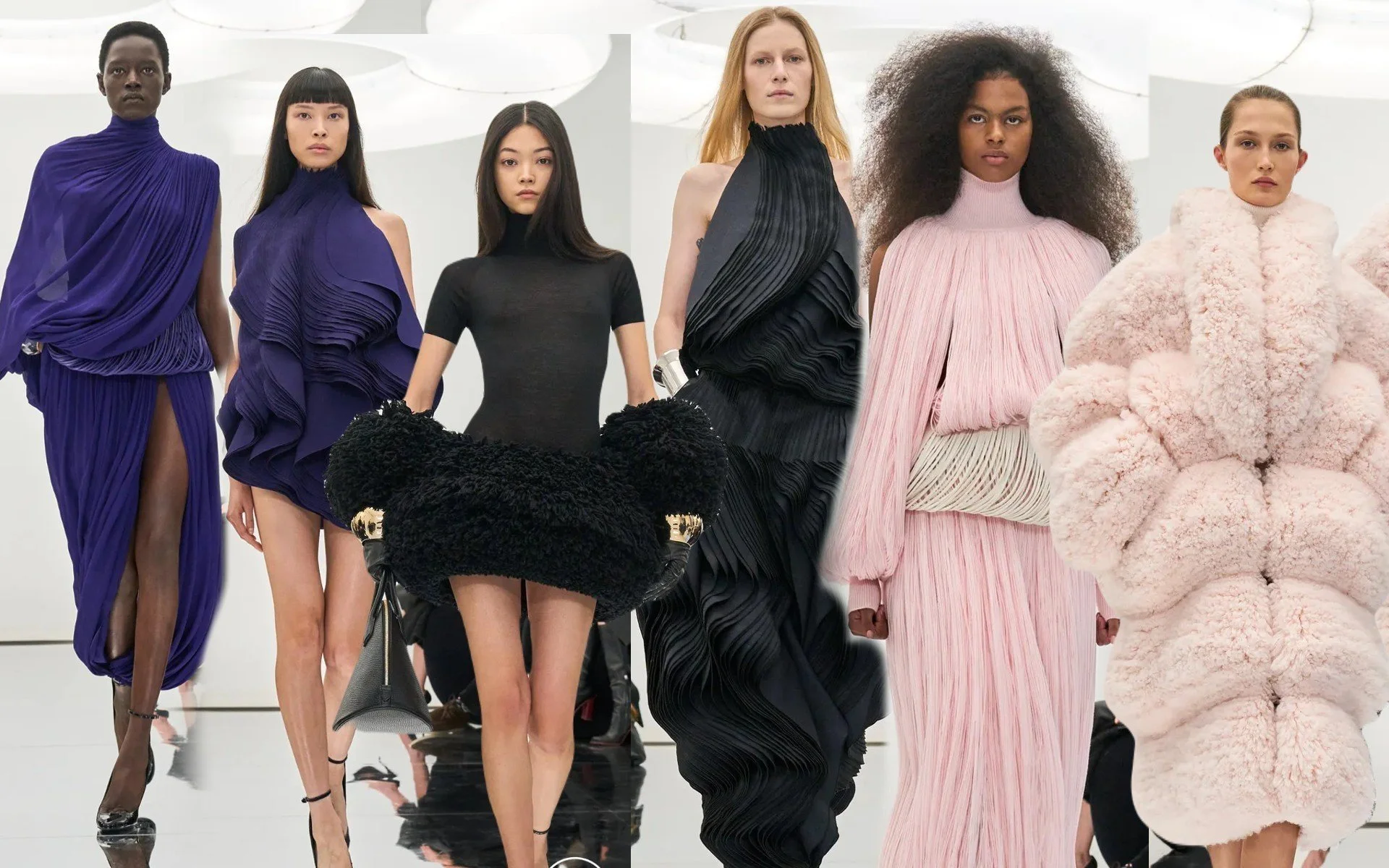Finally a Policy Post!!! I took the liberty to read the piece of proposed legislation, so you wouldn’t have to.
On March 06, 2024, a proposed bipartisan bill was introduced by Senators Bill Cassidy, R-LA and Michael Bennet, D-CO, and Representatives Maria Salazar, R-FL and Adriano Espaillat, D-NY. It is formally known as The Americas Trade and Investment Act (Americas Act). In short, it was created to empower “the Americas” in prioritizing looking inward when trading, partnering, investing and manufacturing.
The introduction of this plan offers hope to sustainably and comprehensively integrate and improve Western Hemispheric infrastructure, so that both public and private entities can effectively boost commerce while amplifying the economic potential of the Americas. The lawmakers specifically aim to “establish a regional trade, investment, and people-to-people partnership of countries in the Western Hemisphere” stimulating growth and integration through viable long-term private sector development and more.
On a macro level, the long-awaited bill will expand trade partnerships simply by re-centering Latin America and the Caribbean as a primary source of critical resources and materials. The lawmakers believe looking inward is the solution to bolster our economy and bring stability to the hemisphere. The over-arching objective is to counter China’s growing geopolitical control over global manufacturing and offer an alternative for the United States.
News we can use…
For those of us with an interest in global sustainability and circularity of the garment and textiles industry, the provisions of the bill that piqued my interest can be found in Title II, Subtitle B, Chapter 3 - TEXTILE AND APPAREL, Sec 231
The Secretary of Commerce will create a program that awards grants to US textile and apparel manufacturers. The recipients awarded shall use grants to offset financial resources needed to modernize domestic textile and apparel supply chain capacities, which includes but isn't limited to purchasing new facilities or equipment, retooling old equipment, or creating/expanding operations for textile and apparel production in the US or Americas partner countries. Appropriations totaling $150,000,000 each year for 5 years have been authorized.
Next, Sec. 232. Textile Reuse and Recycling Programs opens with the acknowledgment of the adverse impact of the textile industry, which unfortunately makes up more than 10% of global greenhouse gas emissions. Moreover, textiles are the single most common product made with slave labor in China. As a result, manufacturing textiles locally will increase the safety of the labor force.
Other aspects presented in this section is that the Secretary shall (b) give priority access to grants and loans to persons [under the Re-shoring/Near-shoring directives] seeking to carry out programs to reuse or recycle “covered products”. These items include but aren’t limited to ‘textiles’ (such as apparel, footwear, accessories and household linens) that are no longer wanted by an individual after purchase or cannot be sold by a business through retail. (c) Also, programs for new expanding or retrofitting existing facilities shall be established. These updates will include providing low emissions transportation for collection, drop off or mail back, sorting, pre-processing, reuse, or recycling of covered products; and providing components, chemicals, solvents, or machinery necessary for the transportation, collection, mail back, sorting, pre-processing, reuse, or recycling of covered products.
Lastly, the appropriation of $1,000,000,000 shall be authorized for the research and development of Innovation Programs and Public Education Programs. (d) Innovation Programs for R&D related to textile reuse and recycling, and Public (e) Education programs geared to advise on the dangers of fast fashion.
These lofty investments would level the playing field for textile businesses within the circularity and sustainability sectors, while most importantly lowering our nation’s reliance on China. The success of the bill in the US will rely on “consumers changing their habits by turning away from overconsumption and voting with their dollars rather than continuing to support brands that refuse to modernize their practices”.
* It is important to note the Americas Act bill was read twice and referred to the Committee on Finance
Source:
The Americas Trade and Investment Act (Americas Act), S. 3878 – 118th Congress, 2nd Session. (2024)
Shoaib, Maliha. “A New US bill incentivizes circular fashion in a bid to compete with China”, (Vogue Business, March 6, 2024).




